Female contraceptive methods and its harm
There are many contraceptive methods for women, and there are many choices, each with its own advantages and disadvantages. Here are some for reference.
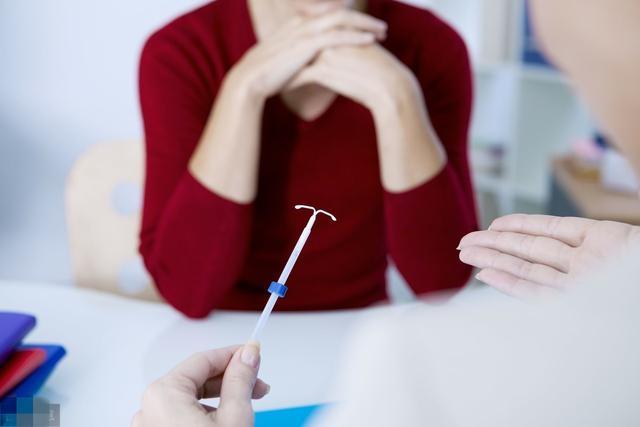
Among the birth control measures, intrauterine device (IUD) has the characteristics of reversibility, safety, small adverse reactions and simple operation, and is widely used in women of childbearing age.
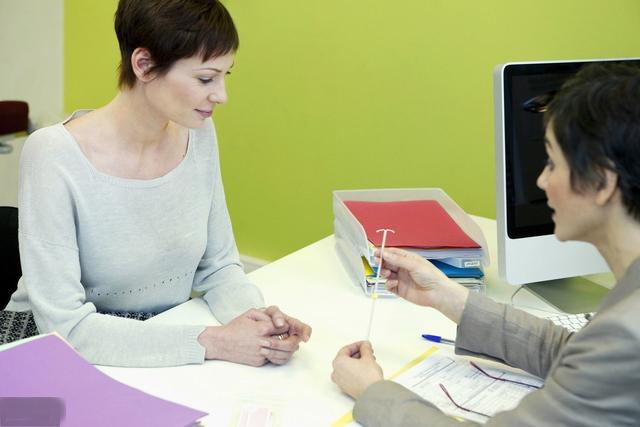
For women with IUD, the side effects and complications are bleeding, pain, infection, IUD falling off and incarceration. Because the occurrence of these complications can cause great trauma to women’s physical and mental health, it is necessary to strengthen the comprehensive analysis of these complications in clinic and formulate corresponding solutions according to the analysis results. (1) Pain and bleeding. After placing the IUD, due to the action of prostaglandin, the uterine muscles contract strongly, which leads to endometrial damage, bleeding and pain. Usually, within 10 days after placing the IUD, most women will have bleeding and pain, but the degree is mild and tolerable, and with the increase of placing time, this discomfort will gradually reduce and disappear. But if the pain is severe or lasts for a long time, it indicates that there is a problem. If the pain lasts for a long time, it is usually caused by the improper size or downward movement of the IUD. It is necessary to take out the IUD and give symptomatic treatment to the patient. After the condition improves, choose a suitable IUD. The late pain mostly occurs one month after operation, and the main causes are deformation and infection of IUD, so it is advisable to resist infection and replace appropriate IUD according to the actual situation of patients. In order to effectively prevent the occurrence of pain, clinicians need to improve their operation level of placing intrauterine devices, and choose the most suitable IUD for women and children according to their physical conditions, especially paying attention to gentle movements. Bleeding occurs in three forms: irregular vaginal bleeding, intraoperative bleeding and postoperative bleeding. If it is irregular vaginal bleeding, it is necessary to comprehensively analyze the actual situation of the patient before operation. Moreover, the operator should also master the methods and skills of placing intrauterine devices, and reasonably choose anti-fibrinolytic drugs and prostaglandins according to the actual situation of the patient. If necessary, the intrauterine device can be taken out. For patients with a small amount of bleeding, it is necessary to stop bleeding, but if the amount of bleeding is large, the operation should be stopped and symptomatic treatment should be given according to the specific situation of the patient.

(2) Uterine perforation, ectopic and incarcerated IUD. The occurrence of uterine perforation during surgery is generally due to excessive flexion or retroflexion of the uterus; The lactation uterus is smaller and softer; Cesarean scar uterus, etc. If it is a probe perforation, if the condition permits, uterine contractions can be used to promote the contraction of the patient’s uterus and give anti-infection treatment to promote the healing of the perforation, and closely observe the basic vital signs such as blood pressure, pulse and respiration of the patient; If the IUD is perforated, it needs to be taken out by laparoscopy and repaired. Incarceration is mostly caused by choosing a large IUD or damaging the uterine wall when it is placed, or not taking it out in time after menopause. The IUD is placed outside the uterus, or the IUD presses the uterine wall, which causes local tissues to sink, thus causing the IUD to be embedded in the muscle wall or moved out of the uterus. If the IUD is incarcerated, the IUD should be taken out immediately. If the symptoms of incarceration appear under the endometrium, it is necessary to scrape the endometrium first, and then take out the IUD in a standardized way. If incarceration occurs at the myometrium, the IUD should be removed by laparoscopy.
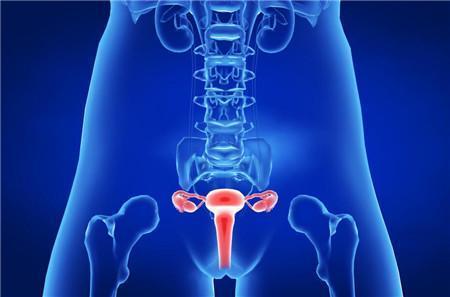
(3) The IUD falls off and moves down. Generally, it is due to the operator’s lack of skill, not putting it into the uterine bottom, or the improper size of the selected IUD, or the relaxation of the internal cervix, as well as the patient’s individual factors, which requires that attention should be paid not only to the depth of the uterine cavity, but also to the width. If the uterine cavity is wide, consider choosing a larger size, and if the uterine cavity is narrow, choose a smaller size.
(4) infection. Infection is generally caused by inflammation of reproductive organs or lax aseptic operation, or disrespect for doctor’s advice after operation. For those infected after operation, anti-infection treatment should be given immediately. If the infection symptoms are serious, it is necessary to take anti-infection and take out the intrauterine device. In order to effectively reduce the incidence of infection, it is necessary to fully understand the basic situation of patients before operation, eliminate the inflammatory reaction of reproductive organs, and treat women with inflammation symptomatically, and only after the inflammation is effectively controlled can they be treated with intrauterine devices. Strictly follow the principle of aseptic operation, do not let the contraceptive device touch the vaginal wall and voyeurism during the operation, and fully disinfect the operating room and instruments. Tell the patient the relevant precautions after operation and return to the clinic on time.
(5) IUD pregnancy. If there is an error in judging the size of a woman’s uterus before operation, it will affect the choice of IUD model, and then increase the risk of female pregnancy with IUD. In addition, ectopic and falling-off IUD can also cause IUD pregnancy. Because pregnancy with IUD is prone to abortion, bleeding, injury, etc., patients need to receive termination treatment immediately after diagnosis, and the IUD should be taken out as required. In order to reduce the incidence of pregnancy with IUD, clinicians need to choose the most suitable IUD according to the size of women’s uterus, and it is forbidden to choose an IUD that is too small. At the same time, women should return to the clinic on time after placing the IUD to find out whether the IUD is ectopic, deformed or falls off. For patients with any of the above conditions, effective measures should be taken to intervene in time to avoid unintended pregnancy.
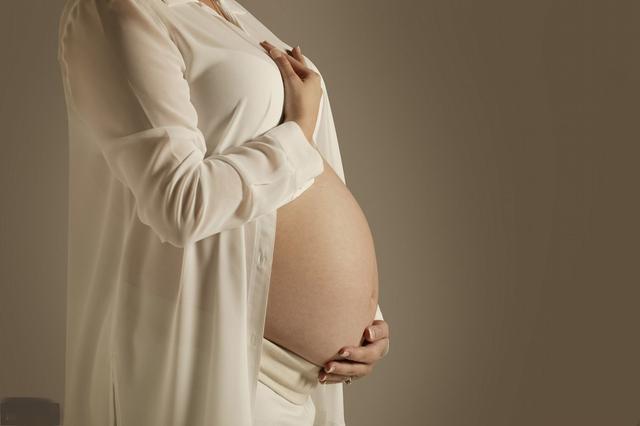
In a word, after placing intrauterine devices, women can be affected by many factors and have side effects and complications, which has caused great trauma to their physical and mental health. Therefore, through continuous study and practice, the operator needs to improve his professional ethics and operational ability, master the skills of placing IUD skillfully, comprehensively check the physical condition of the patient before operation, strictly grasp the indications and contraindications, strictly follow the principle of aseptic operation, find out the position of the uterus, and choose the appropriate type and model of IUD, so as to reduce the risk of side effects and complications of women after placing IUD.
Female birth control, that is, complications of tubal ligation, intestinal injury and bladder injury during operation, is that the patient is nervous and poorly coordinated during operation, and the bladder is not emptied according to the regulations before operation, resulting in bladder filling and moving up, leading to injury during operation, or the incision during operation is too low, and the vascular clamp is biased towards the pelvic cavity, resulting in bladder injury. Postoperative complications, such as incision bleeding and hematoma, may appear and be found within a few hours after operation. The reasons may be that the blood points were not ligated during operation, or the vasoconstrictor used in anesthesia subsided after operation, which made the blood vessels open and bleed. Analysis of infection in pelvic cavity and suppuration of incision infection may be due to the lack of strict aseptic operation during the operation, the failure to deal with the congestion in time when sewing the incision, and the possibility that the patient does not pay attention to rest and personal hygiene after the operation, which may lead to incision infection. Postoperative menstrual disorder and lumbago and abdominal pain may have a great relationship with the psychology of the patient. Temporary menstrual disorder or lumbago and abdominal pain after operation can gradually recover naturally and can be treated if necessary.

Contraceptive pills taken by women are all toxic, and their mechanism and side effects will be discussed next time.
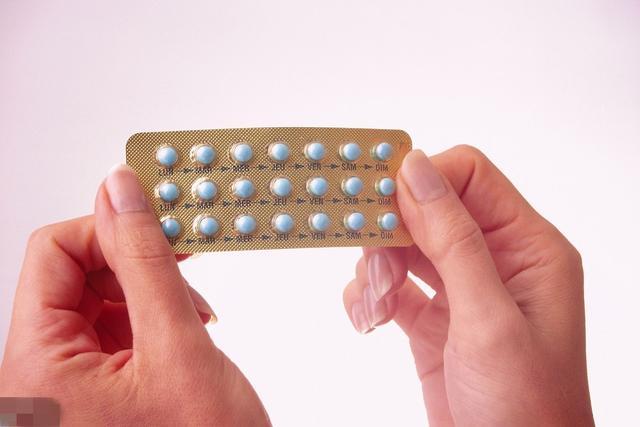
The use of condoms, in addition to a very small number of women allergic to it can not be used, the experience is almost poor, in fact, is a healthier choice.
[1] Jiang Xiukui. On female ligation and prevention of complications [J]. Chinese and Foreign Health Abstracts, 2014,(22):261-261.
[2] Sun Xuyan. Analysis of common complications and prevention of placing intrauterine devices [J]. Psychologist, 2018,24(11):35-36.
[3] Liu Wei. On the types and side effects of female contraceptives [J]. China Modern Drug Application, 2015,(7):246-247.